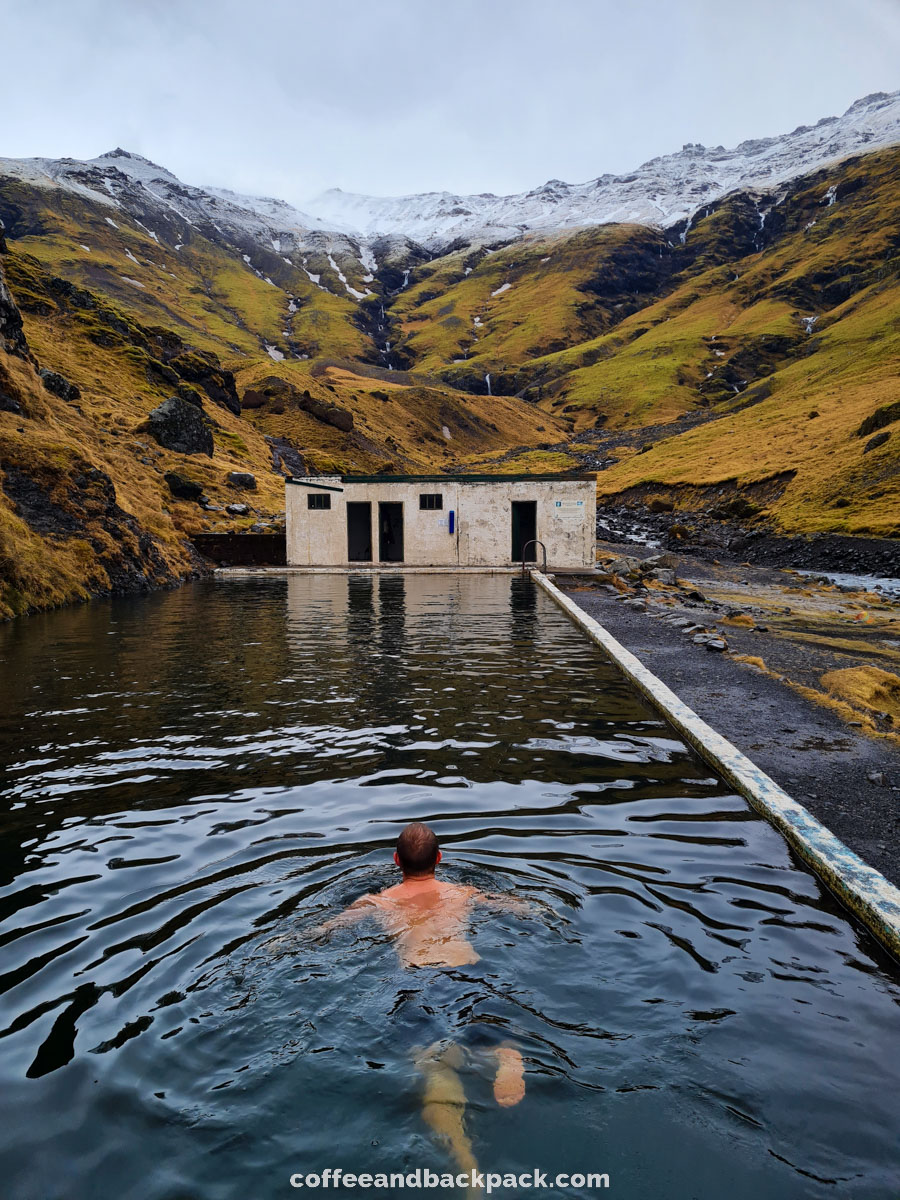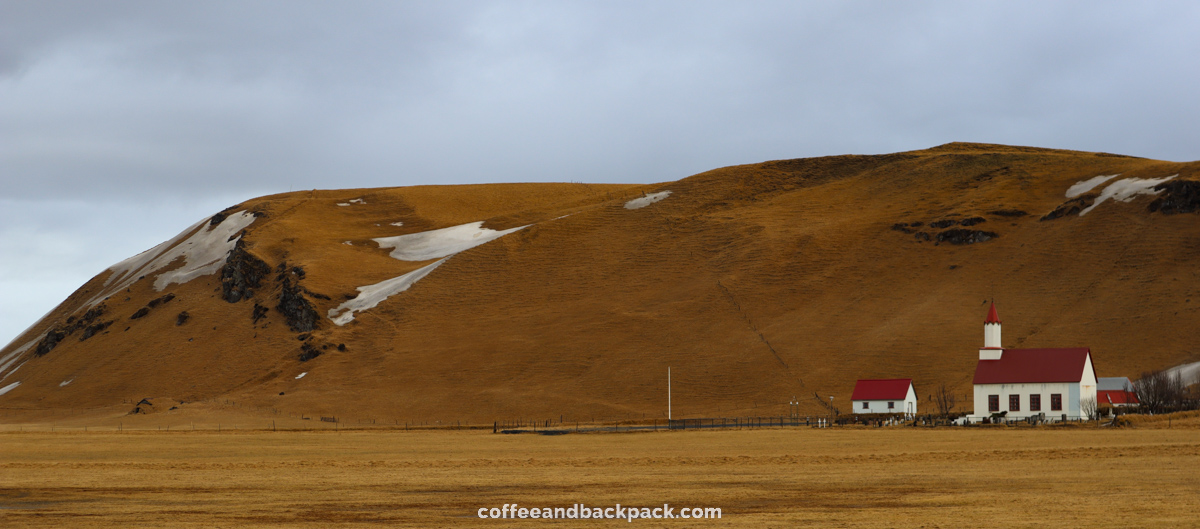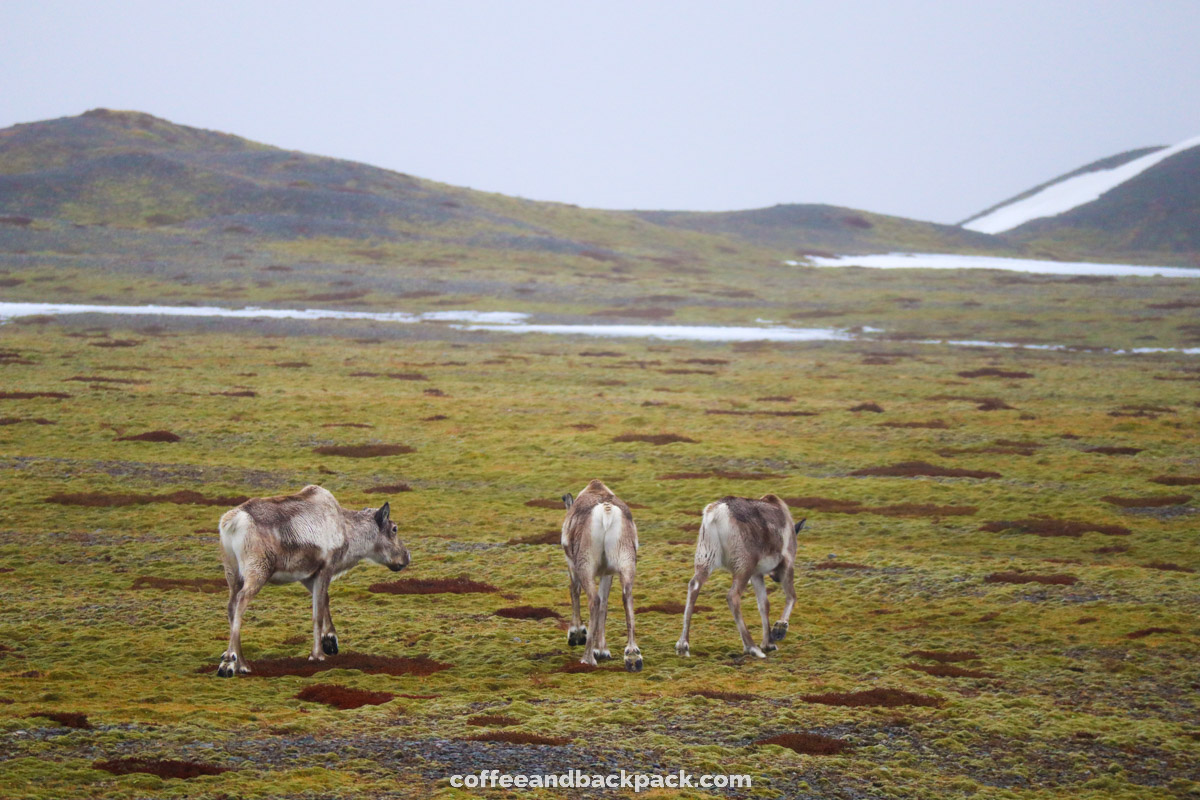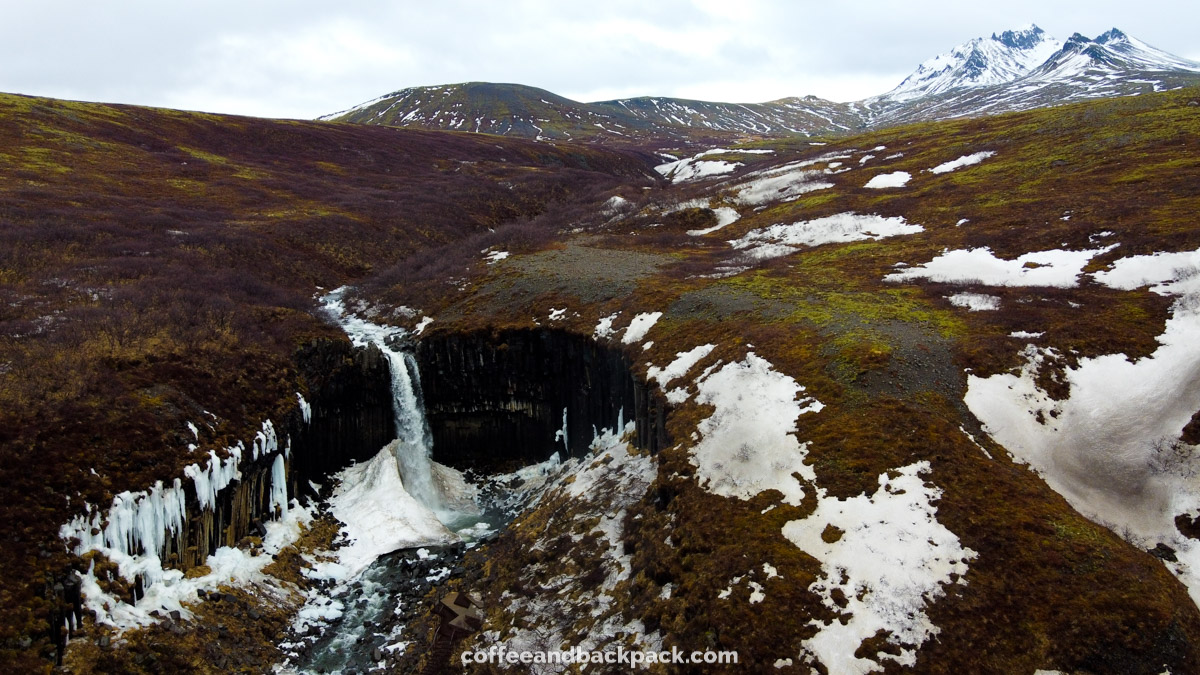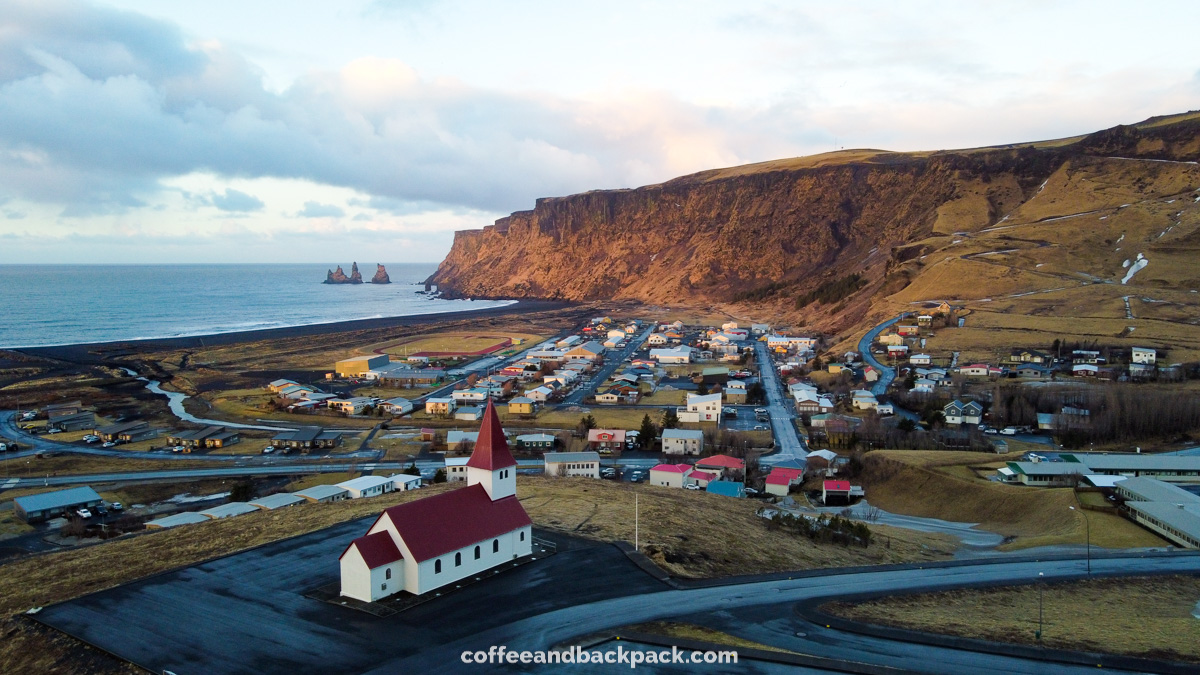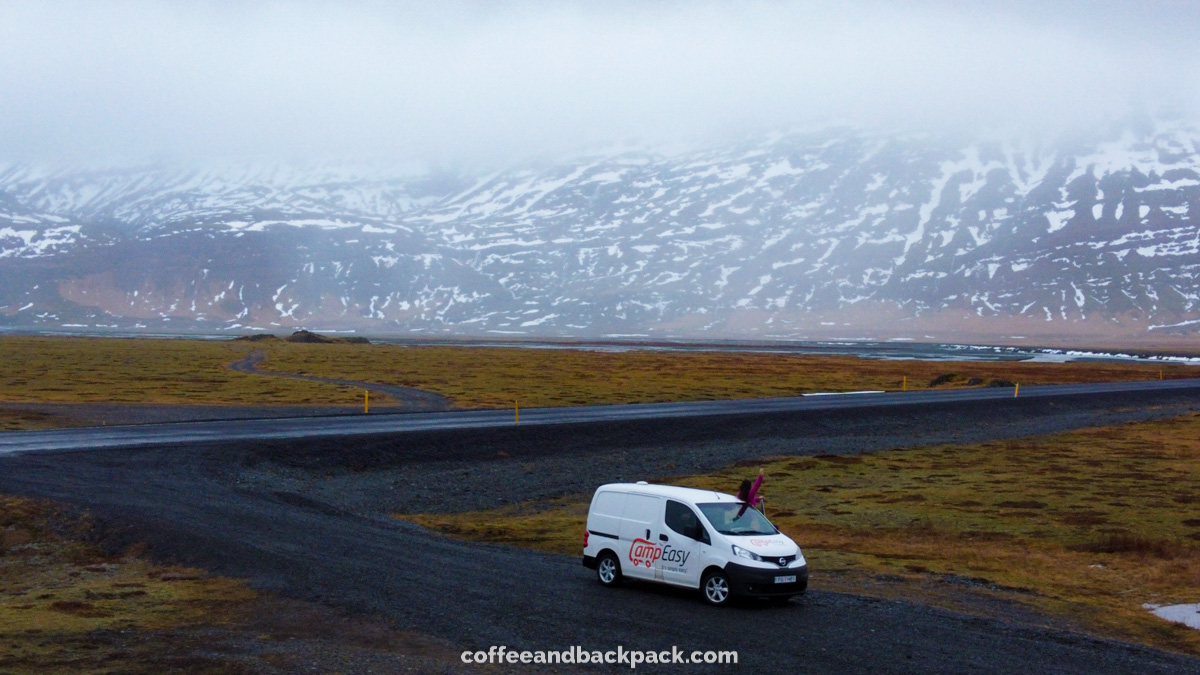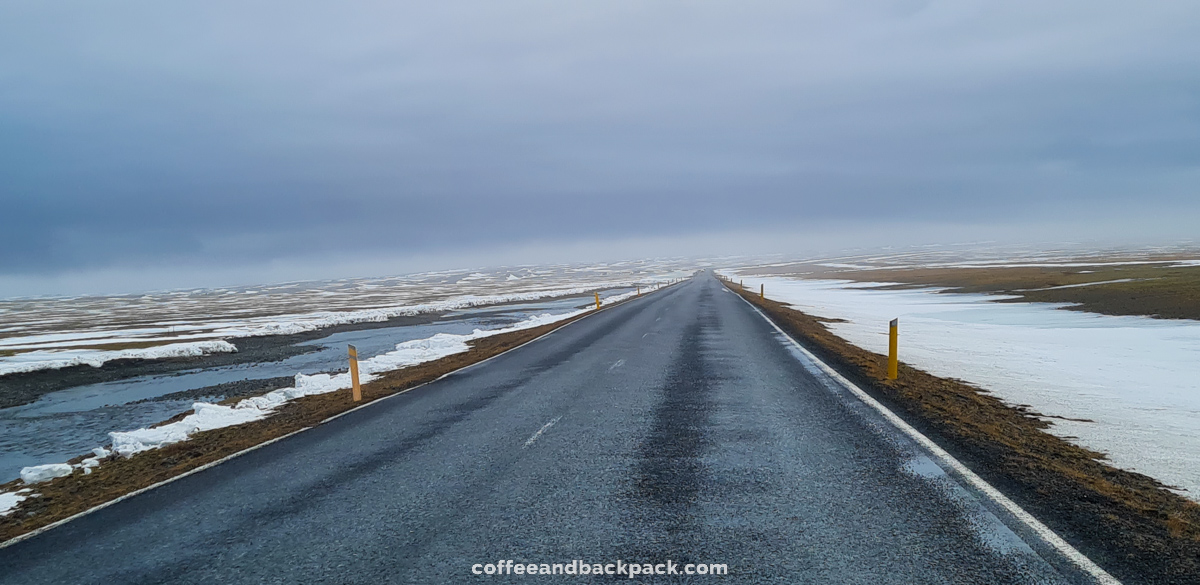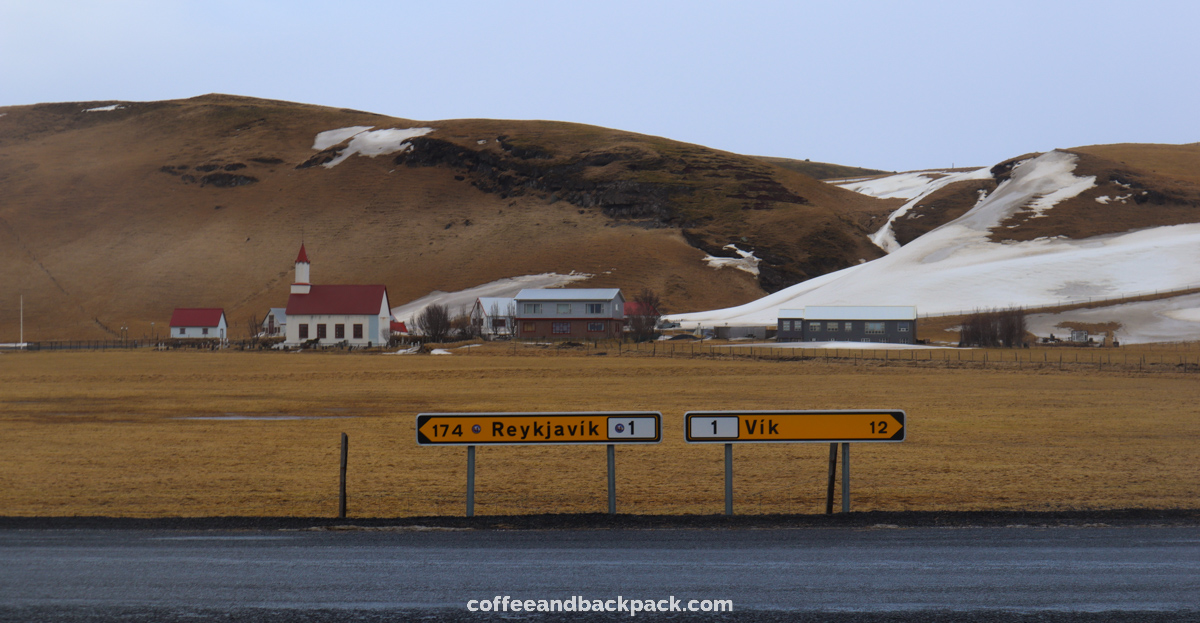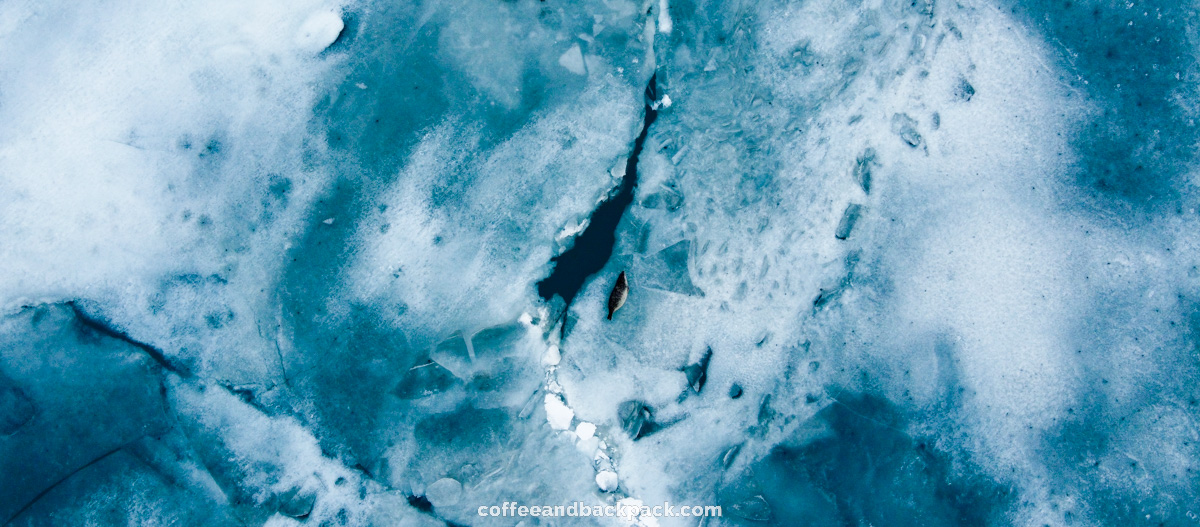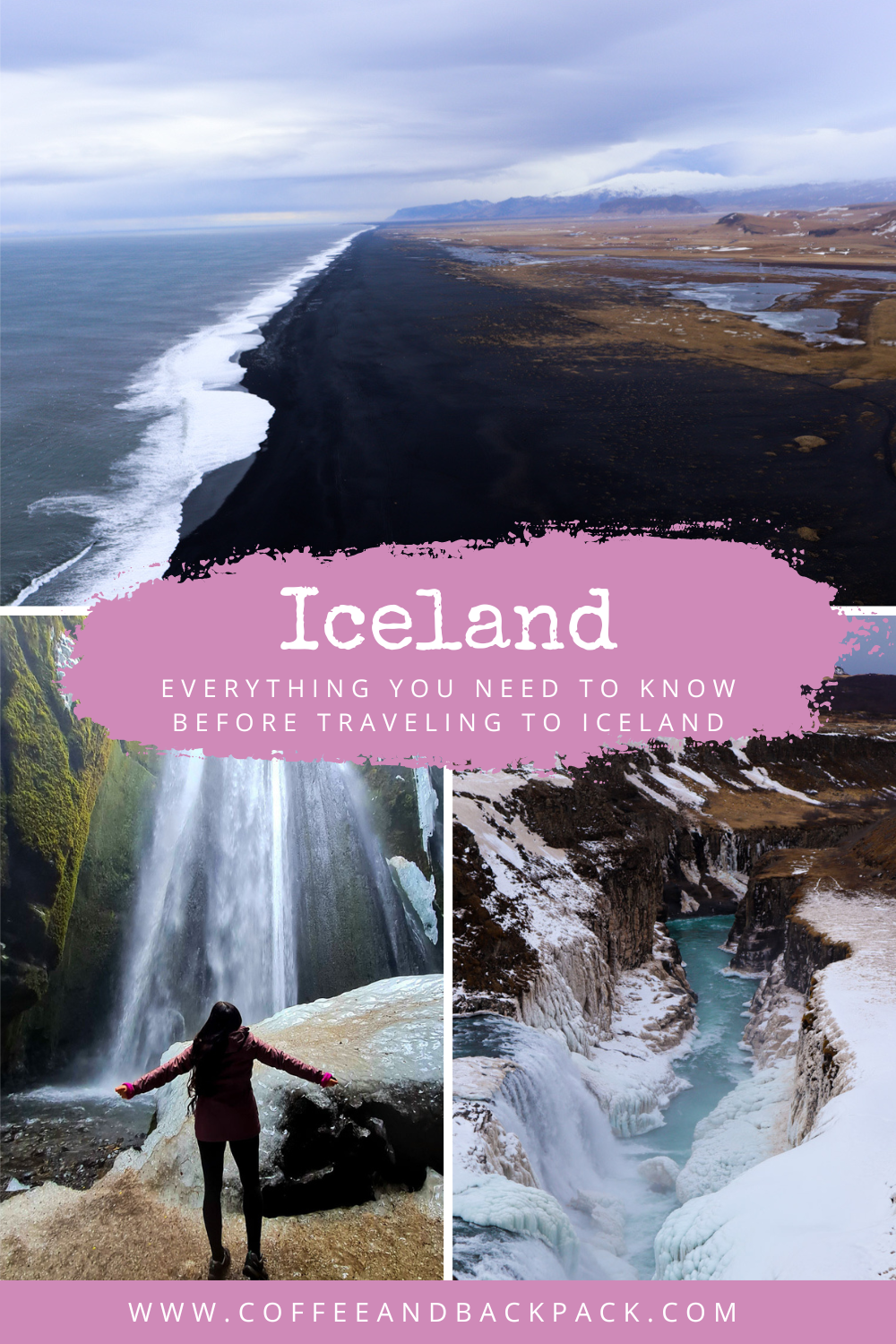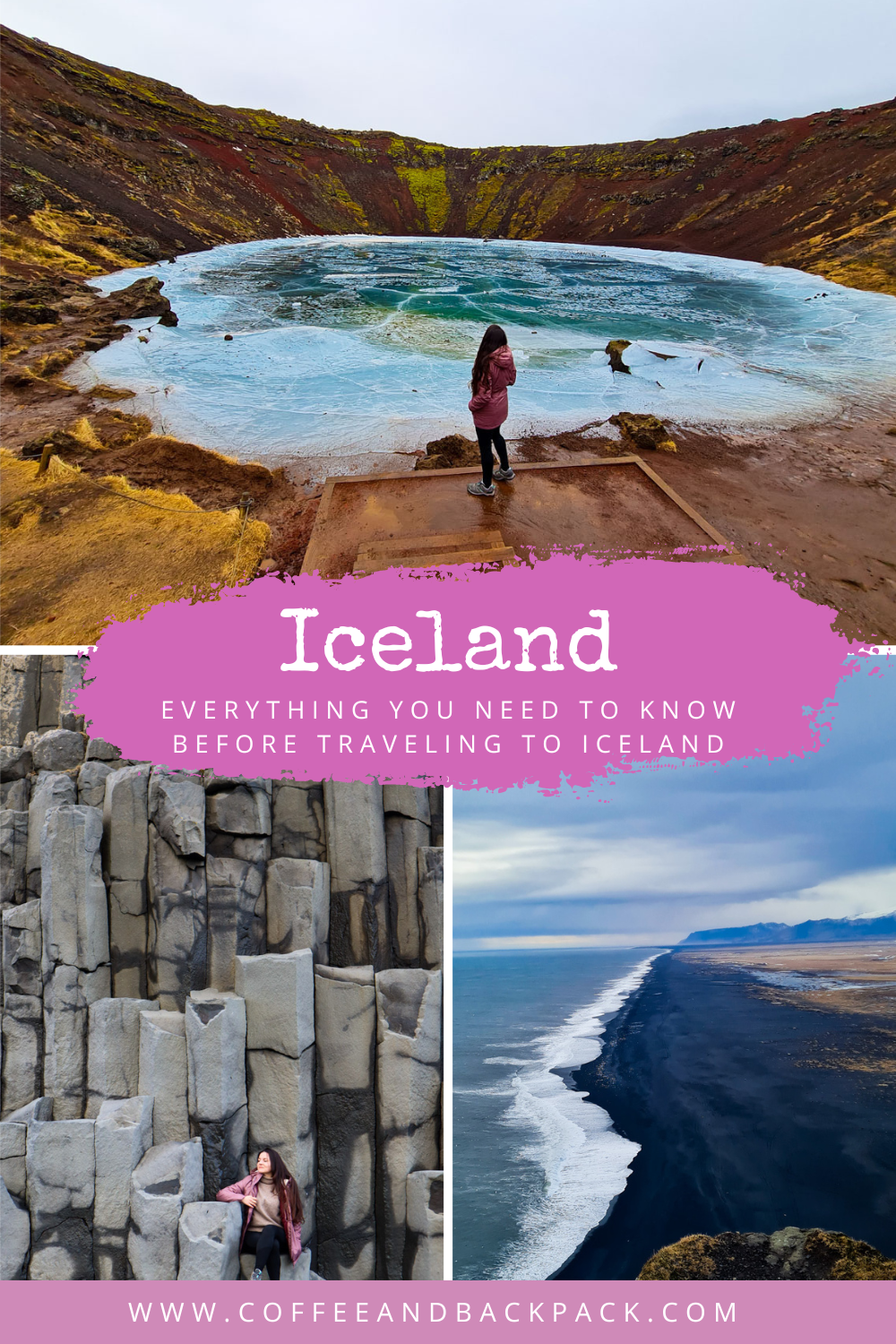You're heading to Iceland soon but aren't quite sure what to expect in terms of weather, driving conditions, cost of living, and planning your days to make the most of this spectacular island? This article is here to help you get a clearer picture and prepare for your trip in the best possible way.
Let's say that after traveling to Iceland 4 times, and from being so passionate about this country and its culture, we have learnt a thing or two about this destination. We've put together a list of essential information we wish we'd known before our first visit, and we've refined it with after every single trip we made to this stunning country.
From the most useful apps to accommodation options, and the must-haves to pack, we've covered as many key information as possible to help you approach your Iceland journey with confidence. Feel free to reach out to us on social media for more advice if needed!
Fun fact about Iceland
There is no such thing as a family name in Iceland. Each Icelandic person takes the first name of one of their parents and adds to it the suffix "daughter of" (- dottír) or "son of" (-son).
There is an Icelandic online dating app that takes into account family ties that users might have with each other. This app helps Iceland in avoiding any risk of dating a relative. It has been developed thanks to 'the book of Icelanders', a database that includes all the information about the Icelandic population, from the arrival of the first Icelanders on the island in the 9th century.
Iceland is the most geologically active territory on the planet, making geothermal energy the main source of energy on the island. Thanks to this, almost 80% of the country's consumption is supplied by renewable energy.
Believe it or not, Iceland is one of the biggest European producers of ... bananas! This is thanks to the geothermal energy which makes it possible to heat the greenhouses sheltering the bananas’ plantations.
When is the best time to travel to Iceland?
We believe there is no good or bad time to visit Iceland.
From October to November, the days are shorter and this is the best time to see the Northern Lights. Sometimes the first snow flakes do not even fall until December.
From December to February, the country turns into a winter wonderland and offers incredible landscapes. However, some roads may be closed due to the snow, making it impossible to visit some of the main attractions of the island.
In March/April, the days are long enough to enjoy the sceneries and still see the Northern Lights. The snow starts to melt making the waterfalls more powerful than ever.
And over the summer, the weather is milder and you can experience the Midnight Sun. However, this is the most touristic period to visit Iceland. Be prepared for loads of cars, campervans and buses on the ring road, and crowds when visiting the waterfalls.
I traveled to Iceland in May and March, and I definitely preferred going there in March. The roads were not yet saturated with tourist buses and rental cars. Moreover, we got around 12 hours of daylight per day which is plenty to enjoy the landscapes and still see northern lights (if you are lucky). As the country is not yet too crowded with tourists during this period, the prices of car rentals and accommodation are a bit more reasonable. The lakes and waterfalls are still partly frozen in March, however the temperatures are not super cold either (From -2 to 5 degrees in average which is for Iceland, not too bad).
Where to stay?
When traveling in Iceland, keep in mind that you will not want to stay in the same one place for every single night of your trip. Iceland is the perfect destination for a road trip along the Ring Road.
When it comes to traveling to Iceland, there are two types of travelers. Those who will plan their itinerary in advance and book hotels accordingly, and the more adventurous ones who will rent a Campervan for more flexibility in their itinerary. As far as we are concerned, we would not imagine traveling through Iceland without renting a Campervan.
Why is traveling Iceland with a Campervan the best option?
Even Though it has improved over the last few years, the offer of hotels and tourist accommodation in Iceland is still limited. As a result, the prices are high! It is normal to pay around 200 euros a night per person for a room in a small Guest House, if not more! Renting a Campervan is way much more interesting financially. To give you an idea, we rented a van for 4 nights for 400 euros. Which is only 50 euros per person per night. Not to mention the fact that renting a car is not necessary!
Not only hotels are pricey in Iceland. The same goes for restaurants, bars...By renting a campervan, you can at least prepare your own meals and coffee and save a lot along the way. Local Supermarkets such as Kronan and Bonus are affordable for groceries shopping. Obviously, the quality won't be as great as eating in a restaurant every day, however, you will have the luxury to enjoy your meal or coffee with a view on a black sand beach, a waterfall or a glacier and this is priceless!
Last but not least, beware that the weather in Iceland is unpredictable. And because of that, you might be in a situation where your itinerary has to be reviewed completely and unexpectedly. Traveling with a Camper allows you to be more flexible on your itinerary and to skip a stop if the weather makes it impossible for you to visit it. For example, during my third trip to Iceland, we had planned to spend a night in Vík to watch the sunset from Reynisfjara beach. Unfortunately that night, it started to rain a lot and it was also very foggy. We headed out to spend the night in Skaftafell National Park where the weather was better. We could then start a hike early the next morning. By booking a hotel, you accept the risk of being stuck in one place for the night with bad weather.
Wild camping is forbidden in Iceland, and you might risk a fine if you get caught.
During my first two trips in Iceland in 2016 and 2017, wild camping was allowed, but unfortunately, due to the disrespectful behavior of some tourists, it is now prohibited. Several campsites that are open all year round are recommended in our
4-Day road trip itinerary in Iceland.
Tip
Plenty of companies offer Campervan rentals around Keflavik airport. Most of the rental companies even offer a shuttle service from the airport which is brilliant. We rented our van with
CampEasy Iceland and could not be happier. CampEasy’s campers are isolated, which is usually not the case of campers from other rental companies. And trust me, at night, it makes all the difference! We also found their prices to be very competitive, even with the zero risk insurance included. The van includes a pad that you can use as a GPS, and to connect with the CampEasy staff if you have any issue. We had to leave Iceland with a very early flight (6AM) and they kindly agreed to let us sleep in their parking lot so that we could reach the airport easily the next morning.
If you don't drive and want to travel in Iceland, don’t panic, it is also possible! Several tours are available from Reykjavík to visit the Golden Ring, the Snaefellsnes Peninsula, the waterfalls around Vík, and many more. Prices range go from 80 to 150 euros for a day tour.
Driving in Iceland
In Iceland, Driving is on the right side of the road.
Keflavik and Reykjavík are very well connected. You can reach the capital city from the airport in about 20 minutes.
The Ring Road is the road going around the island. It is also very well maintained but portions of it can sometimes be closed due to the weather or for construction work.
Speed limits never exceed 90 km/h.
Some roads are not tarred, and are called Gravel Road. You are not supposed to use them with a rental car unless you drive a 4x4.
The F Roads are mainly roads in the interior of the country, some of which cross rivers. They are only accessible with adapted vehicles like 4x4 or Hummer.
When traveling in Iceland, it is recommended to check regularly if the roads on your itinerary are open by using
vedur.is.
The speed limit is 90 km/h on the Ring Road and 50 km/h when you drive through towns. Be careful as there are a lot of speed cameras along the Ring road and they are of course not all indicated.
Good to know before traveling to Iceland
What to pack for Iceland?
The country is called Iceland for a reason! The cold can be pretty extreme and not to mention the wind! It might sometimes be difficult to get out of your car or stand steady due to how strong the wind can be. We did experience the strongest wind in our life when traveling to Iceland, and yet, we live in Ireland!
However, as they say in Scotland, there is no such thing as bad weather, there are just bad clothes! This could not be more true for Iceland. It is recommended to be well equipped to travel in Iceland comfortably and enjoy it fully.
Here is a list of equipment that we are grateful we packed with us during our last trip to Iceland.
Leggings and long sleeve merino wool tops, to stay dry and keep your body warm.
A warm waterproof jacket. Even better with a hood and good coverage around your neck and face to protect you from the wind.
Waterproof ankle high hiking shoes. Essential to hike muddy or river-crossed hiking trails.
Microfiber towel. They don’t take up too much space in your luggage and they dry in no time! Ideal to dry yourself after a swim in a natural hot spring!
Torch lamps to move around while Northern Lights hunting
Merino wool socks, to keep those toes warm and cozy in their hiking boots.
Tip
The weather can change quite quickly in Iceland. It is recommended to keep an eye on the weather forecast website which is also
vedur.is.
If you rent a campervan, definitely avoid packing your stuff in a suitcase and go for a backpack instead. It would be much easier to keep your things organised and it will use less space inside the van.
Budget
We know we might repeat ourselves here, but Iceland being a quite expensive country, be prepared to pay 10 euros for a pint or 45 euros for a 2-course dinner with no drink included. If you are mindful of your budget and wish to save up money during your trip, you can do food shopping at the local supermarkets that are Kronan and Bonus at reasonable prices. Ideal if you travel with a campervan and still want to try some local food.
Make sure to try the Icelandic skyr and bread.
Iceland is expensive for tourists but also for locals. It is common for Icelanders to have two jobs to support themselves and their family.
Locals & Language
There are only 380 000 inhabitants in Iceland. This is pretty much the entire population of my hometown!
The country gets a lot of visitors every year. In 2014, more than one million people visited Iceland, which is more than 3 times the local population. Icelanders are extremely kind, open and welcoming. We also found them very happy to see foreigners confronting the cold weather to discover the beauty of their island.
English is very well spoken on the whole island.
Like this article? Save it on Pinterest!
